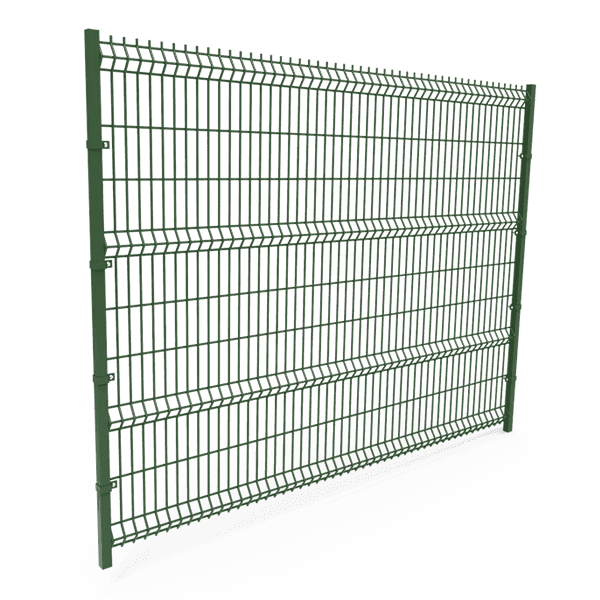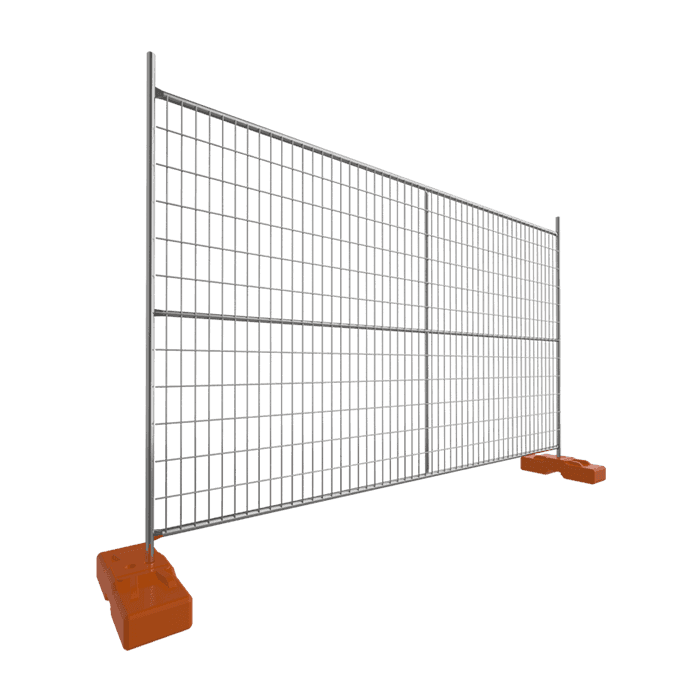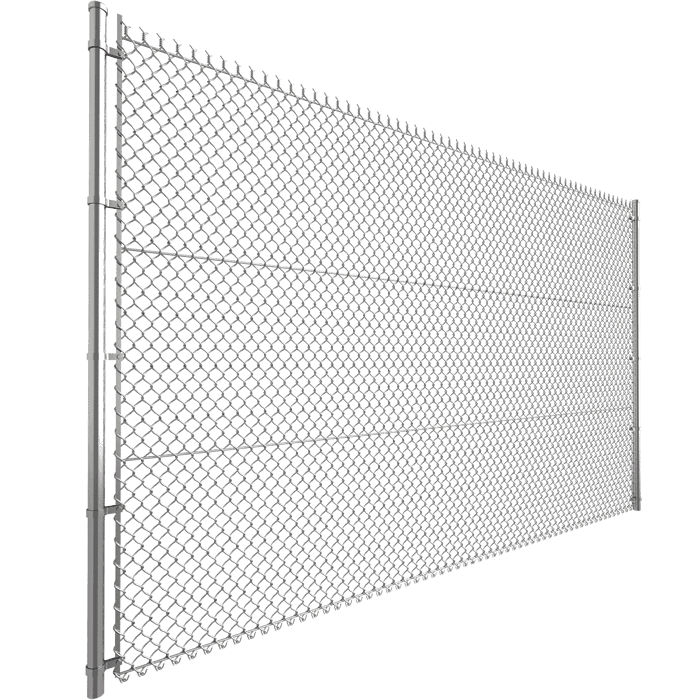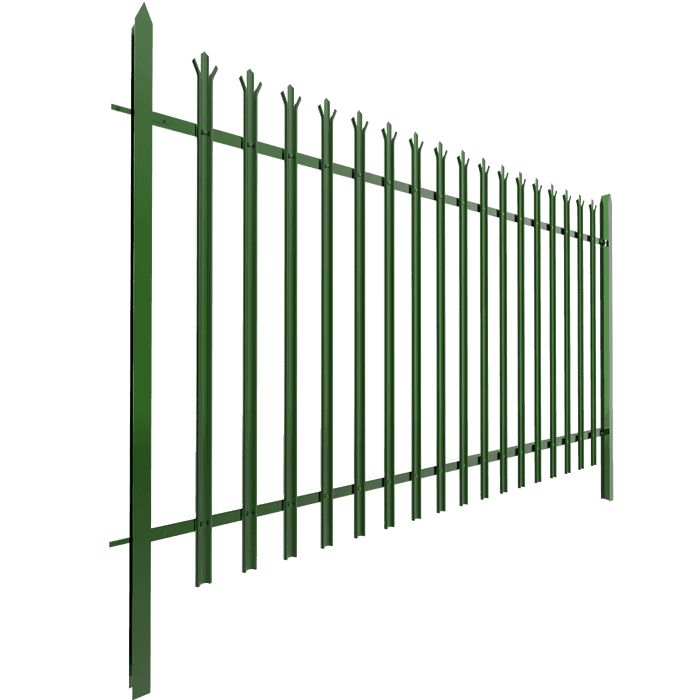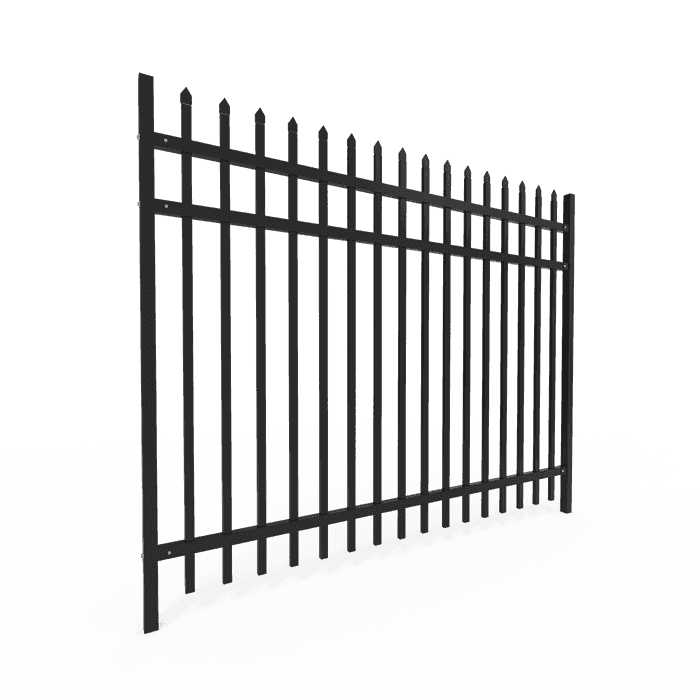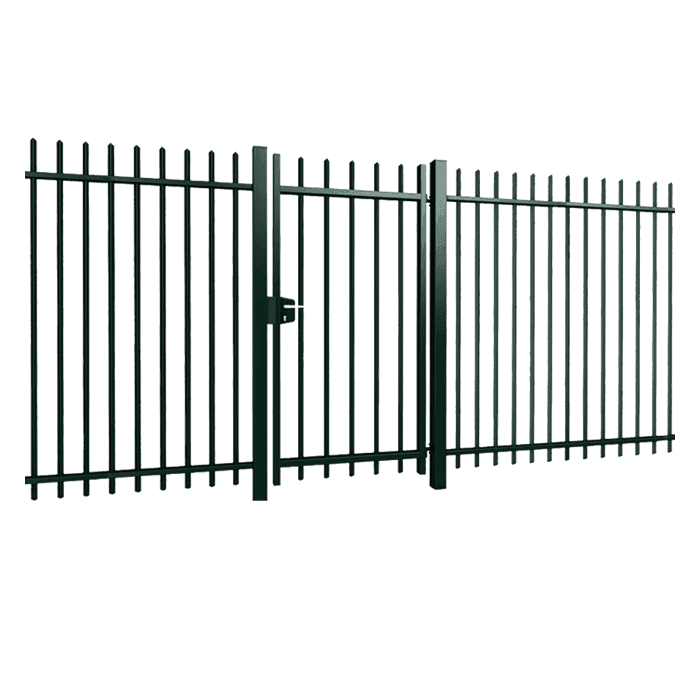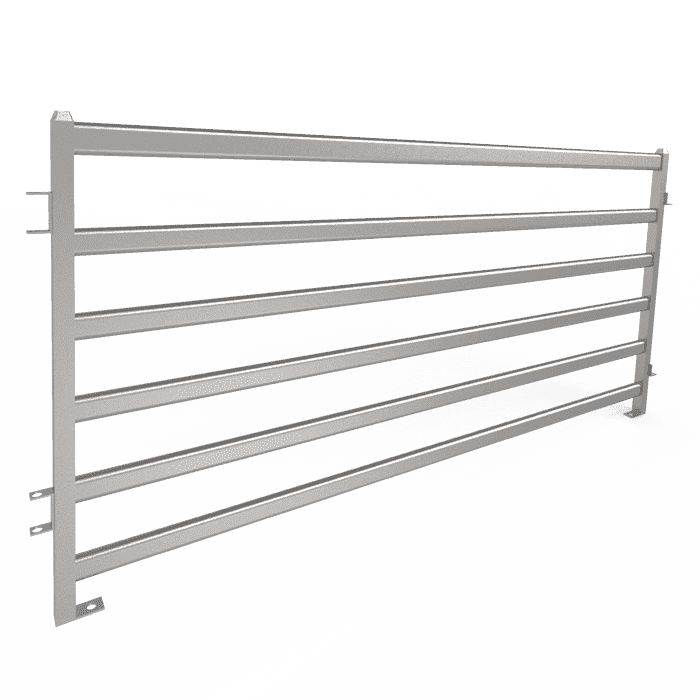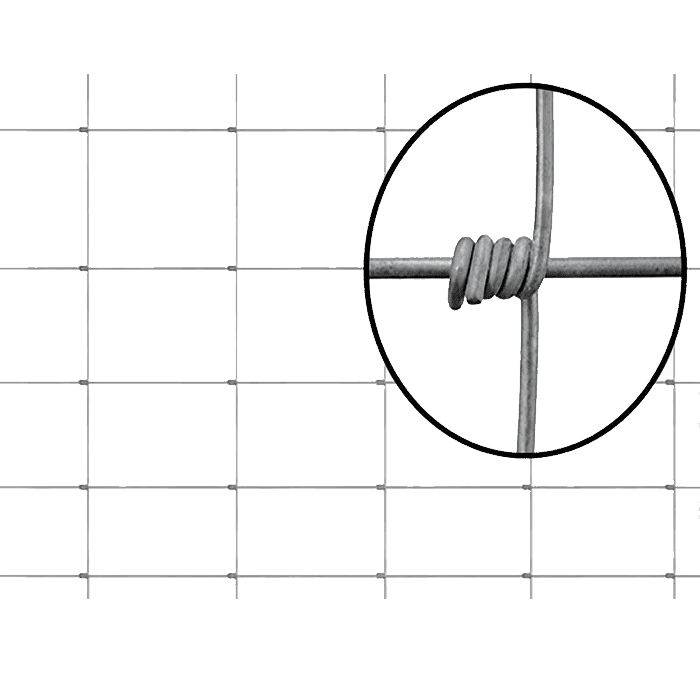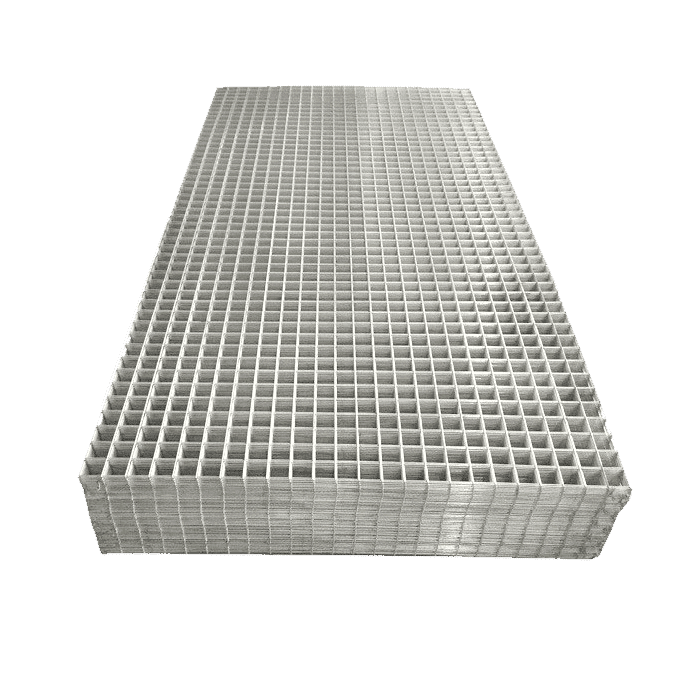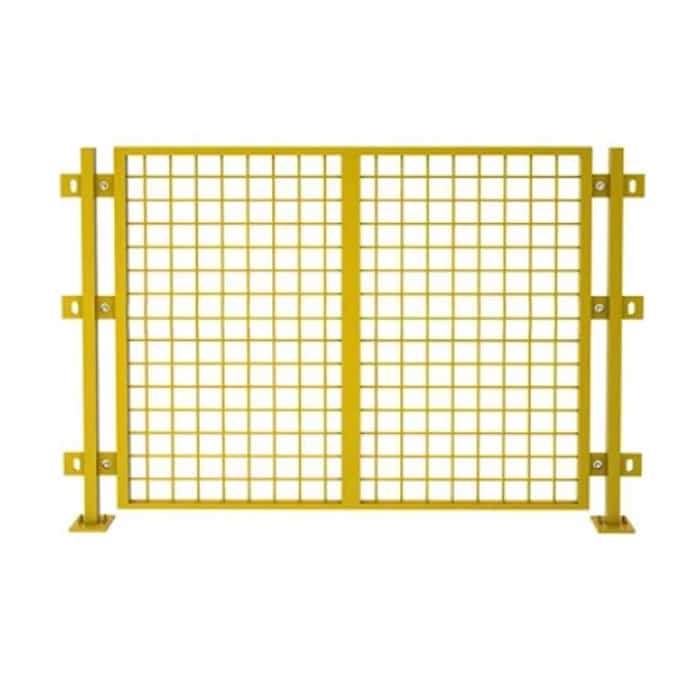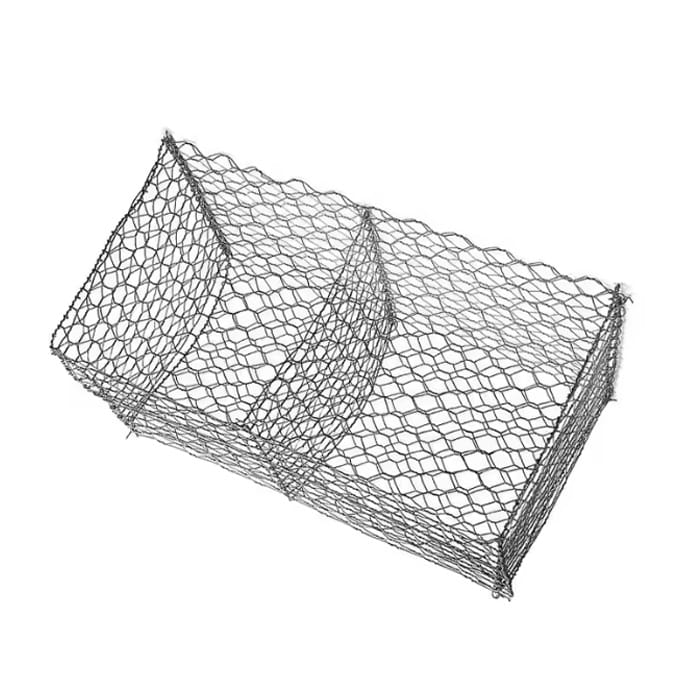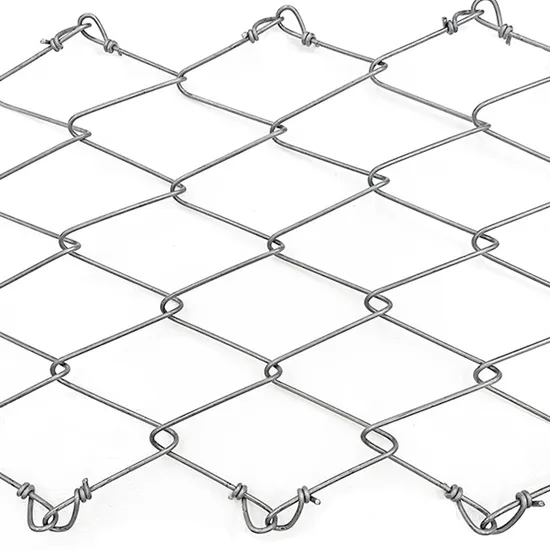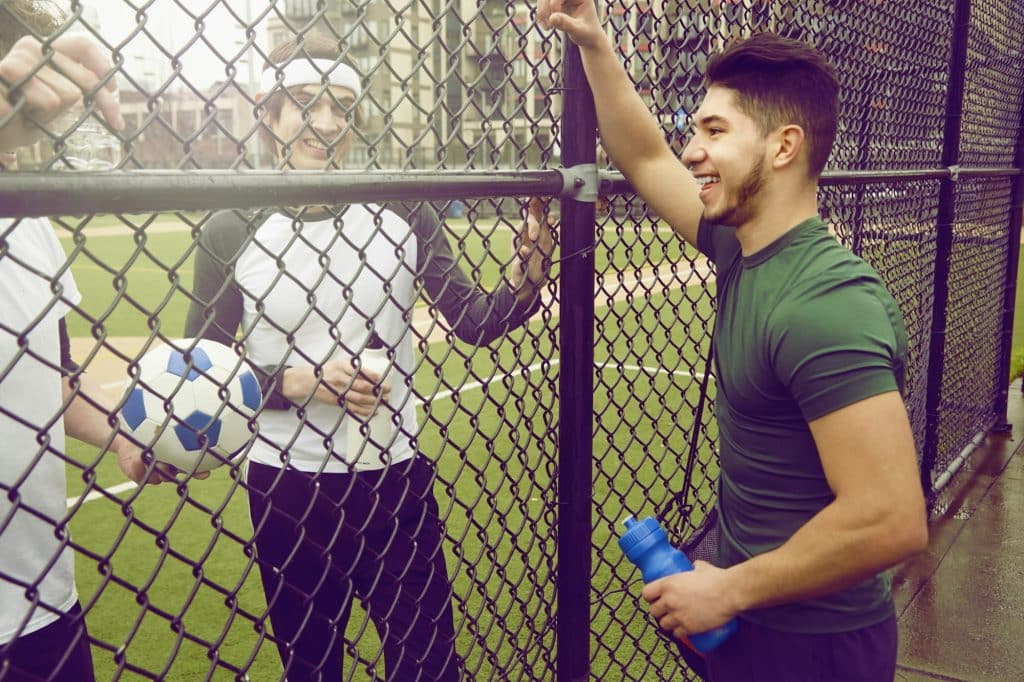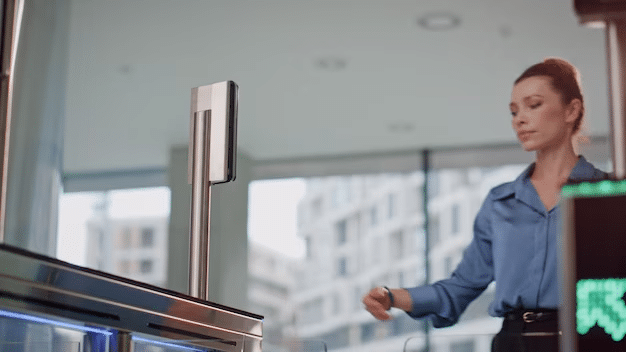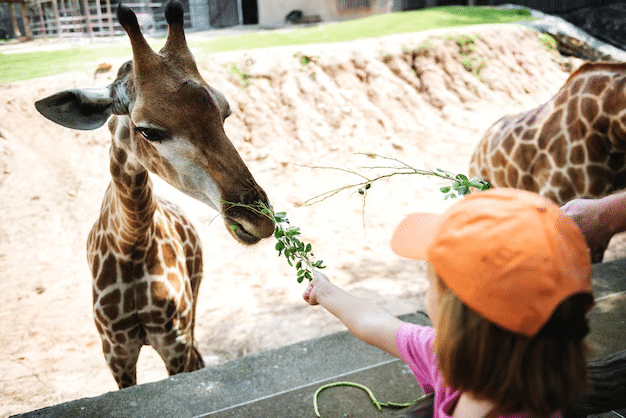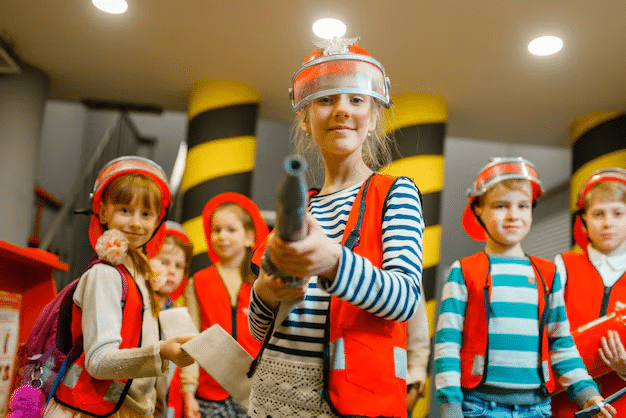Table of Contents
The significance of proper sports fences is constantly increasing due to the growing versatility and intensity of diverse sports. For myriad sports fields—including the likes of soccer fields, tennis courts, and more—sports fences guarantee safety, specify boundaries, and sweeten the experience of both players and spectators.
Each model of sports fields demands a certain model of sports fences with one-of-a-kind characteristics. Below, we aim to discuss what these fences are, why they are important, and which are suitable for different sports fields.
What is a Sports Fence?
A sports fence—also known as sports fencing or sports field fencing—is a certain type of barrier used to encircle sports facilities such as football fields, basketball courts, tennis courts, and more. It’s primarily designed to deliver a transparent boundary for the playing area, contain balls within the playing field, and conserve the safety of players, spectators, and properties.
Beyond containment and safety, these fences deliver diverse functionalities. They can restrain access to the sports facility and prevent unauthorized entrance during games or events. Plus, these fences define spectator areas and minimize interference with gameplay, thereby controlling the crowd.
Sports fences come in various types. Each model fits specific demands and desires. Some more widespread models of these fences include:
These fences are generally designed in mighty constructions and can withstand harsh weather and impacts from balls/equipment used in sports activities.
Benefits of Building Fences for Sports Fields
Building fences around sports fields comes with multiple advantages. Players, spectators, and the surrounding community will enjoy having these fences around a sports field.
- Safety and Injury Prevention: Fences can keep balls inside the field. This prevents the balls from rolling out onto neighboring roads/properties, which might lead to accidents. These fences specify boundaries vividly to prevent players from accidentally hitting spectators or stray individuals who enter the field during the game.
- Ball Containment and Game Continuity: Sports fences prevent balls from leaving the game location. This way, gameplay is steadily kept on with no interruptions due to regaining lost balls. Plus, this boosts the efficiency of practice sessions and official matches as time spent on skill development and gameplay is heightened.
- Security and Access Control: Sports fences prohibit unauthorized entrance, vandalism, trespassing, and disallowed use of the facilities during non-operational hours. Also, controlled access sweetens security for players and makes sure only authorized personnel or spectators are present during the event.
- Boundary Definition: These fences specify boundaries vividly to help players/officials accurately determine the ball location, which minimizes disputes eventually. This high level of transparency makes the gameplay fair and minimizes uncertainty over boundary lines.
- Crowd Management: Sports fences allow the officials to organize/manage spectators as they delineate designated seating or standing areas with ease. This enhances crowd control, makes sure spectators are safe and comfortable, and prevents interference with the game.
- Visual Appeal and Facility Enhancement: These fences, if maintained well, can sweeten the aesthetics of sports facilities. They craft a professional and alluring atmosphere for players and spectators. This way, they can maximize the attractiveness of the venue and tempt more spectators to follow sports.
- Compliance with Regulations and Standards: The majority of sports organizations and governing officials define certain requirements for sports facilities, including the installation of suitable fences. Sports fences comply with these standards and regulations to enhance the credibility and lawfulness of sports facilities.
Common Sports Fields and Proper Fences for Them
It’s needless to say different sports fields require different sports fences. The table below shows 10 more widespread sports fields and their respective fences.
Sports Field | Proper Fence | Fence Height (approx.) |
Soccer Field | Chain link or mesh panels | 8-12 feet |
Baseball Field | Chain links and solid barriers such as plywood | Varies (typically 8 feet) |
Tennis Court | Chain link or mesh panels | 10-12 feet |
Basketball Court | Chain link or mesh panels | 10 feet |
Volleyball Court | Low-profile fencing or netting systems | Varies based on court setup |
Hockey Rink | Tempered glass/acrylic dasher boards (ice) or low-profile fencing (field) | Varies based on rink size |
Track and Field Stadium | Low-profile fencing or mesh panels | 4-6 feet |
Golf Course | Low-profile fencing or mesh panels | Varies based on specific needs |
Rugby Field | Chain link or mesh panels | 8-12 feet |
Multi-Purpose Sports Complex | Chain link or mesh panels | Varies based on sports activities |
1. Soccer Field (Football Pitch)
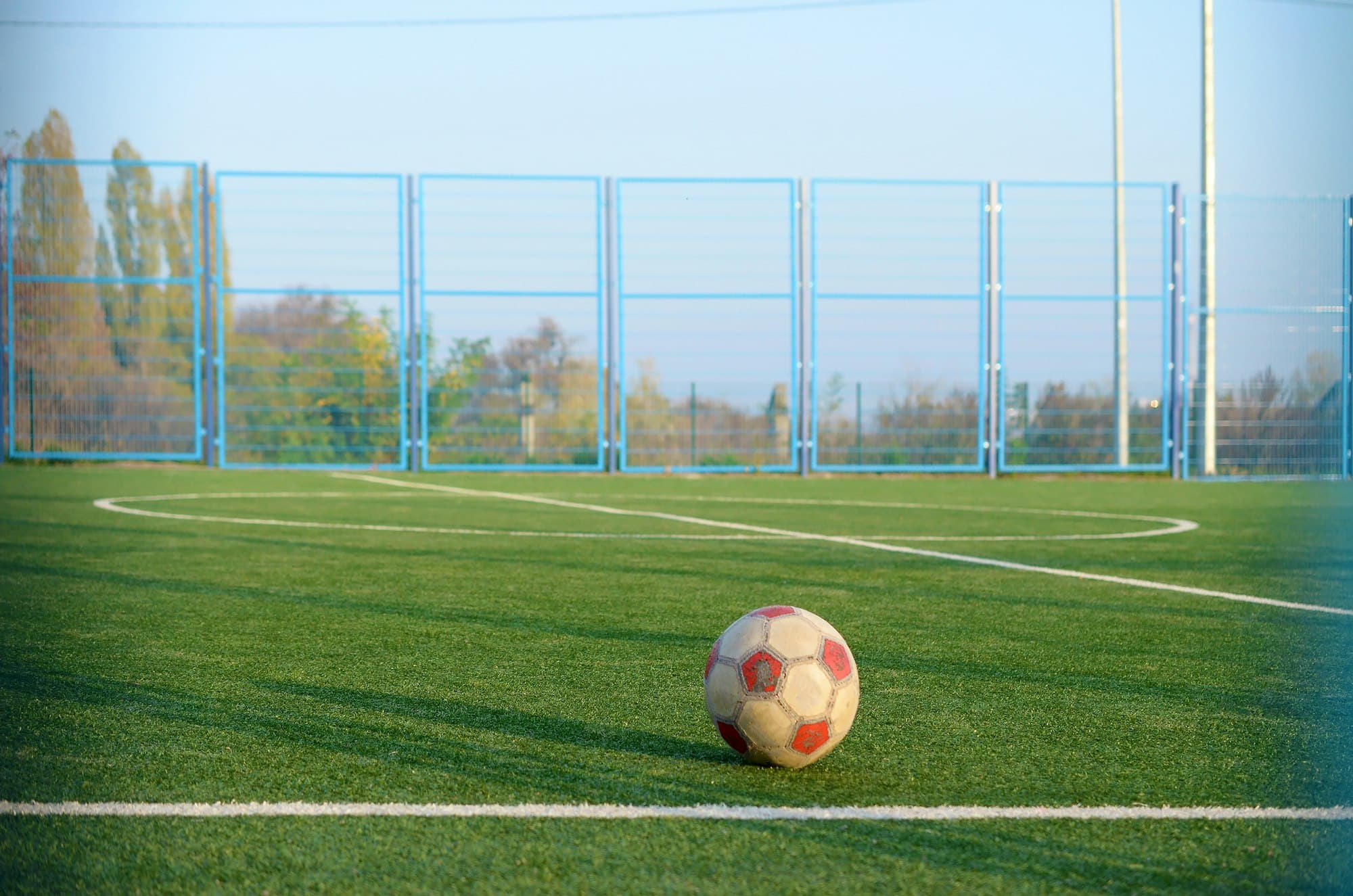
Soccer fields usually demand mighty and high fences that can keep the balls inside and guarantee player safety. Chain link or mesh panel fences are known as terrific options as they’re durable, transparent, and resistant to ball impacts.
The fence height should be high enough to prevent balls from escaping the field. They should also prevent unauthorized entrance. Such fences can define clear boundaries and let the game continue with no interruption.
2. Baseball Field
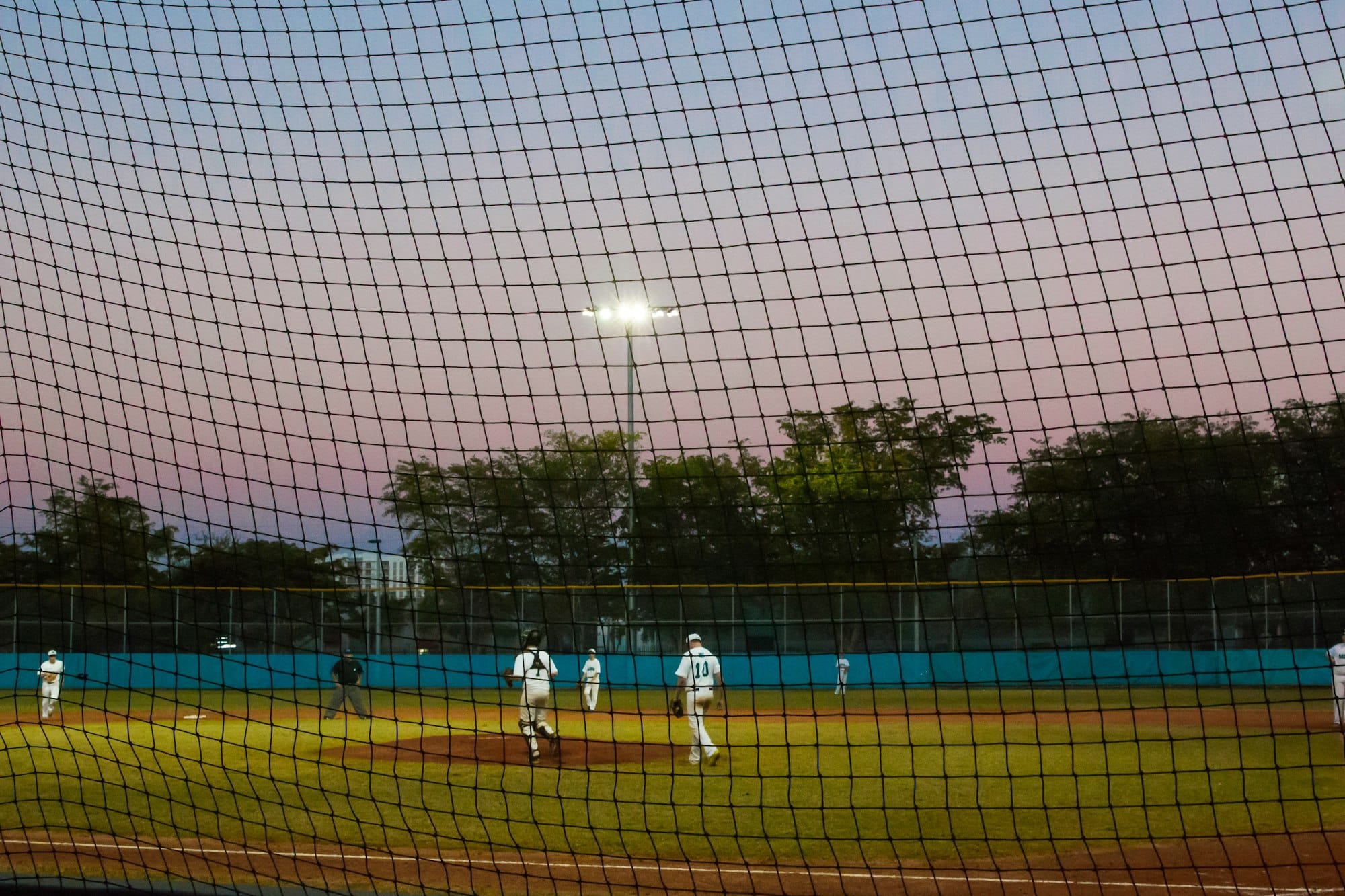
Baseball fields are in need of vigorous outfield fences to prevent home runs and keep the ball inside the field. Chain link fences are broadly employed for outfield fencing as they present strength and visibility.
The fence height varies as per the field dimensions and league regulations. Solid barriers such as plywood may also be a proper choice. Well-installed outfield fences can maximize safety, specify boundaries, and sweeten the aesthetics of the baseball field.
3. Tennis Court
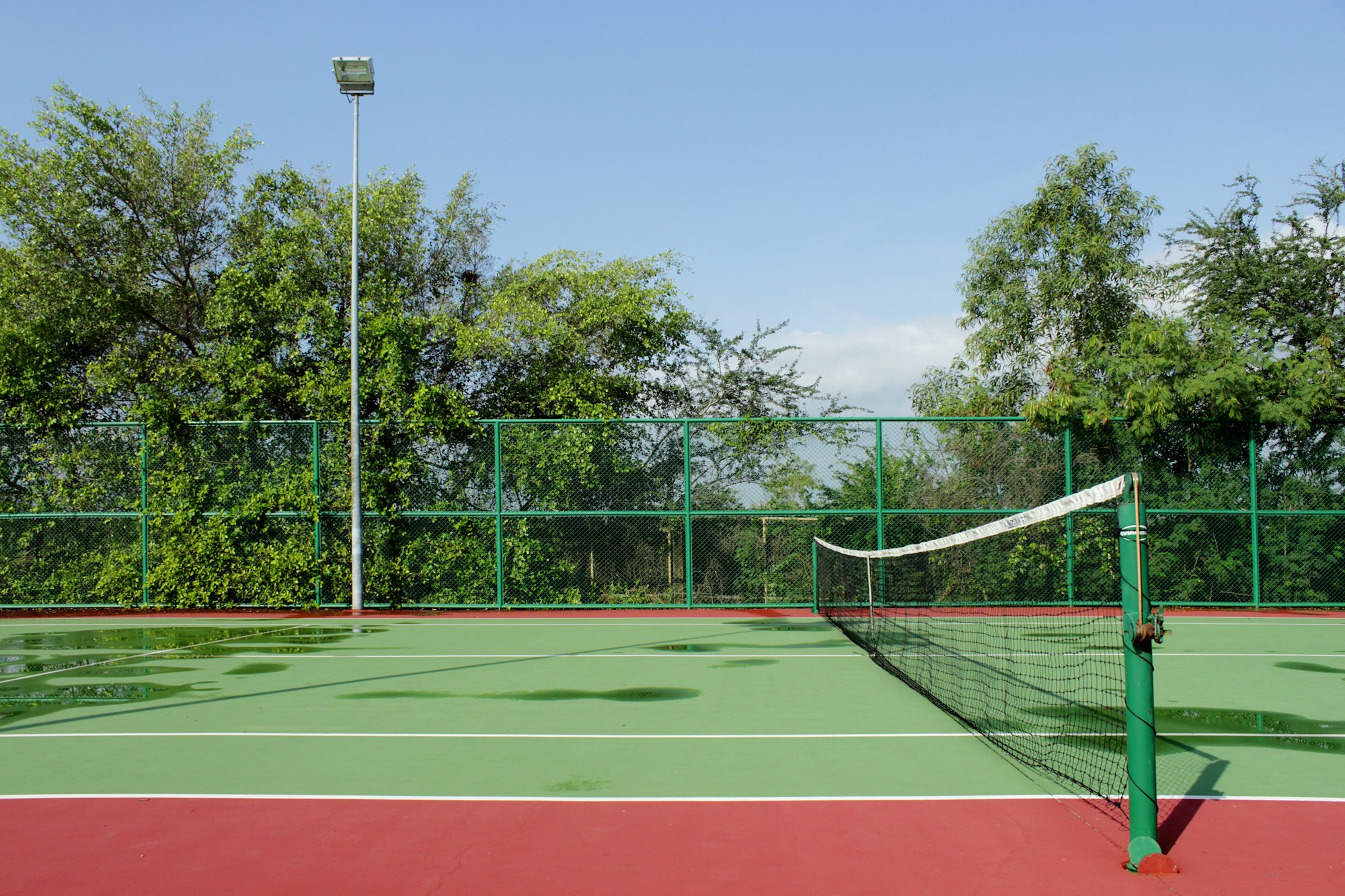
Fences can encircle the perimeter of a tennis court to preserve the balls within the game zone and define a precise boundary. Chain link or mesh panel fences are appropriate choices for this purpose.
During intense rallies, the fence height should be high enough to prevent the balls from escaping the court. These fences can diminish interruptions during gameplay and confirm the safety of players and spectators.
4. Basketball Court
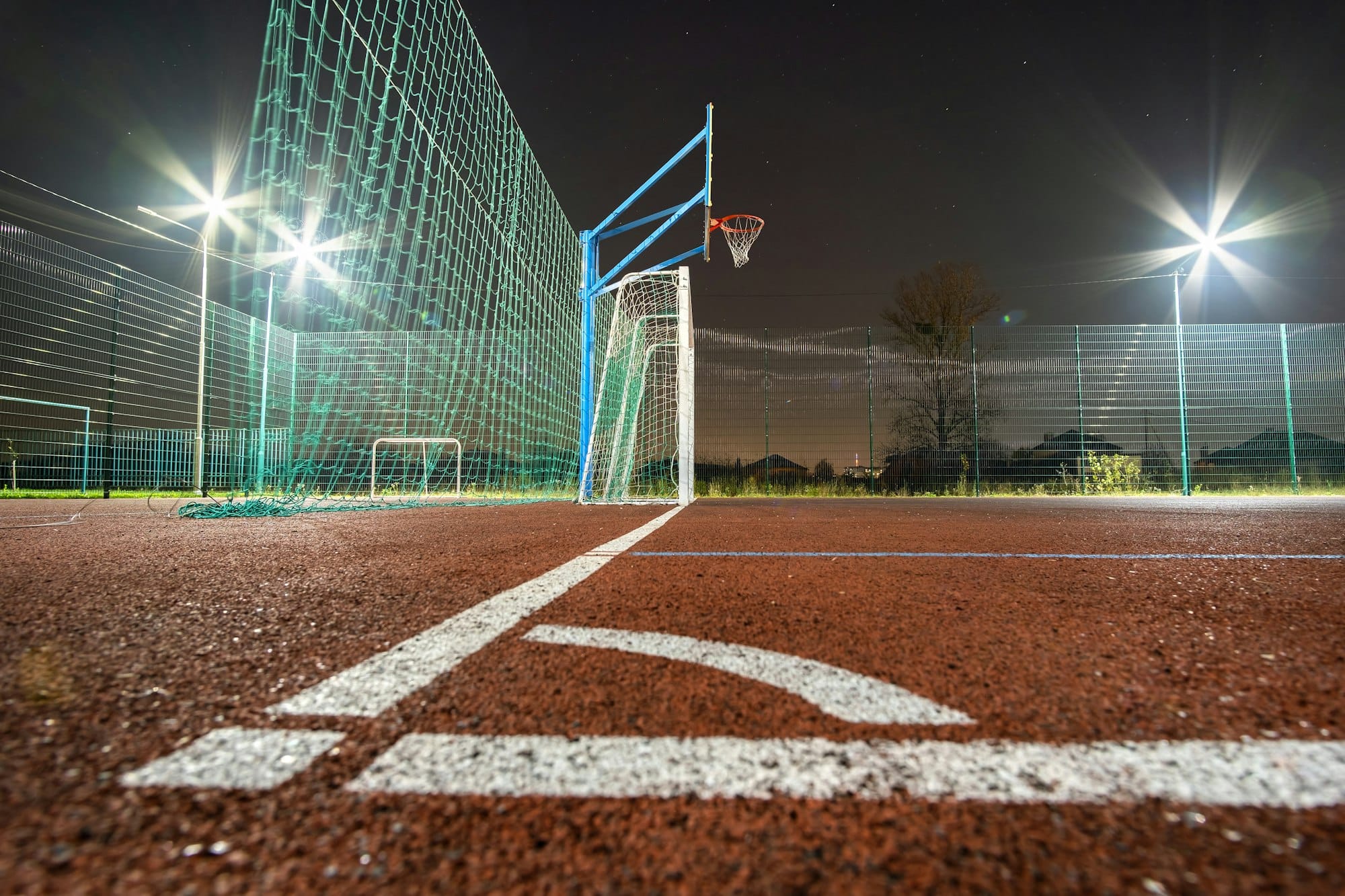
For basketball courts, fences can keep the ball inside and specify the boundaries. Chain link or mesh panel systems are common fence options in this regard. They typically come with a 10-foot height to prevent interference from outside.
Well-designed fences can guarantee the safety of players, minimize disruptions by lost balls, and boost the professionalism of the court. Plus, they delineate spectator areas to control the crowd and thwart disallowed entrance.
5. Volleyball Court (Beach or Indoor)
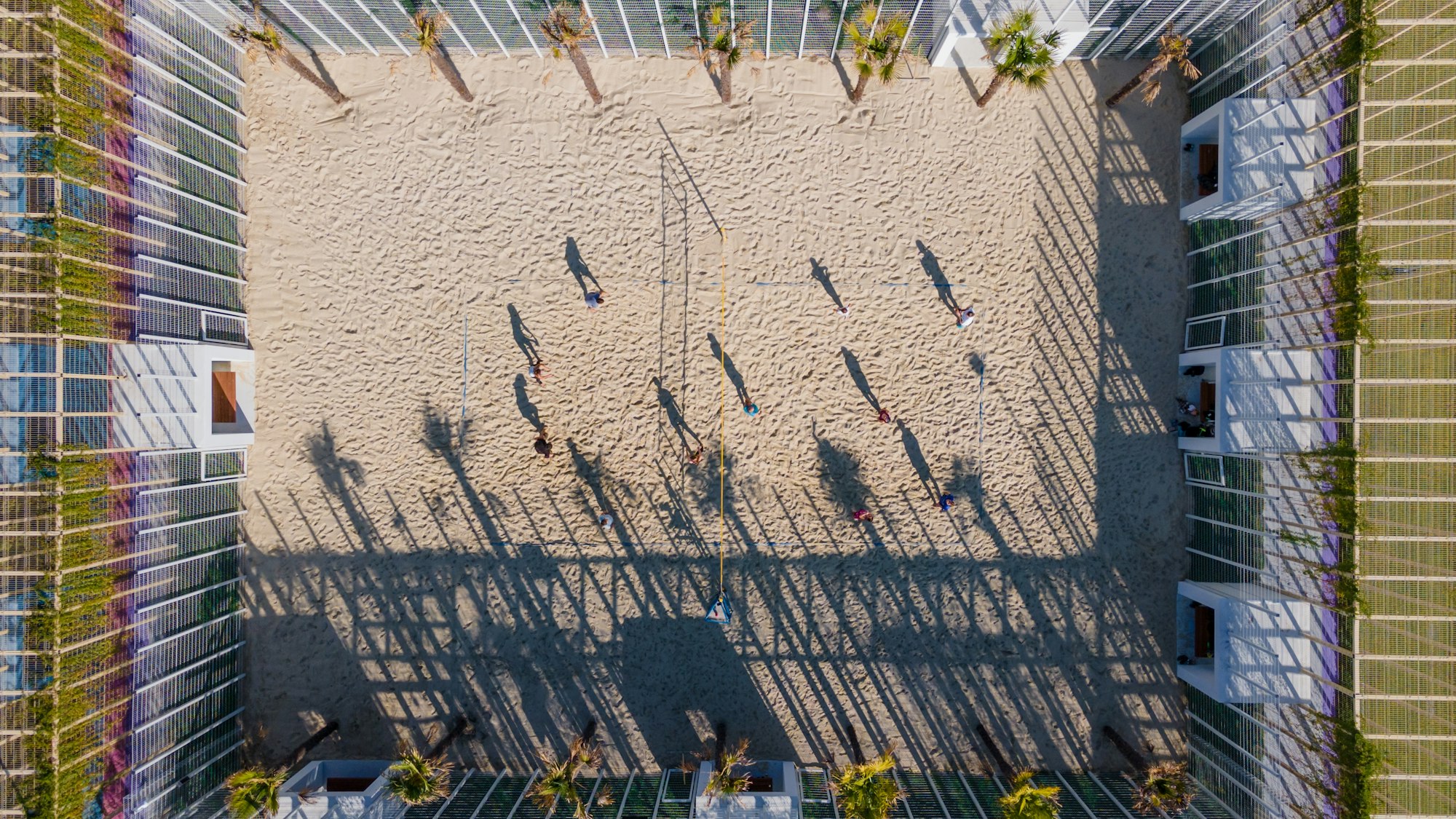
Volleyball courts demand low-profile fencing or netting systems around their perimeter. Mesh panel fences or netting are suitable choices as they offer heightened visibility and tiniest interference with gameplay.
These fences can be constructed with diverse materials, each offering different grades of visibility, durability, and aesthetic allure. You can customize them based on certain elements such as the height and design of the volleyball facility.
6. Hockey Rink (Ice or Field Hockey)
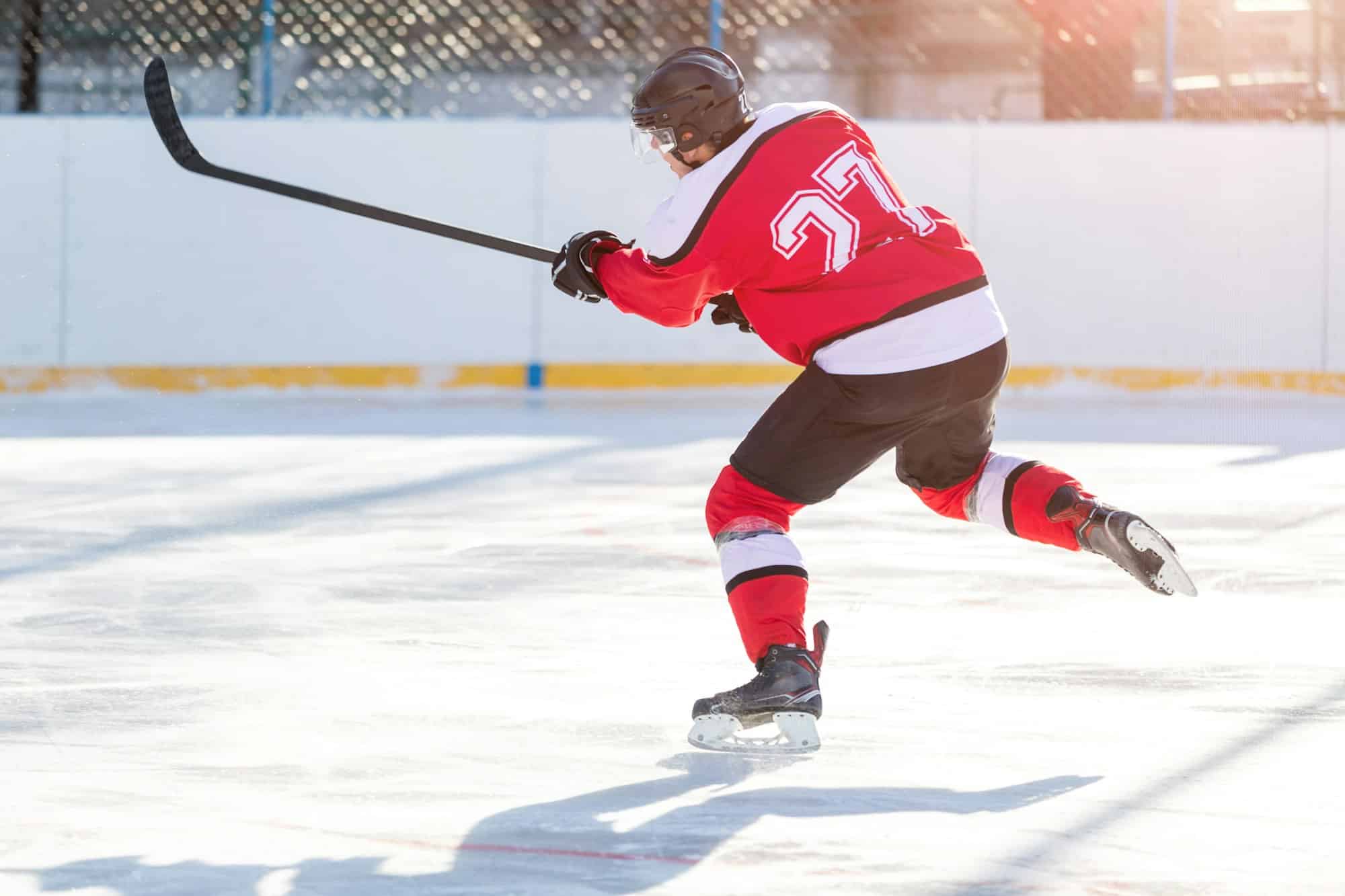
Hockey rinks—ice hockey or field hockey—require strong dasher boards or fencing around their perimeter to preserve pucks or balls within the game region. For ice hockey, tempered glass or acrylic dasher boards are highly appropriate. For field hockey, low-profile fencing or dasher boards are standard options.
The material and height of the fence or dasher boards should match the type of hockey being played. Such fences can maximize game flow, define the rink boundaries, and confirm players’ safety.
7. Track and Field Stadium
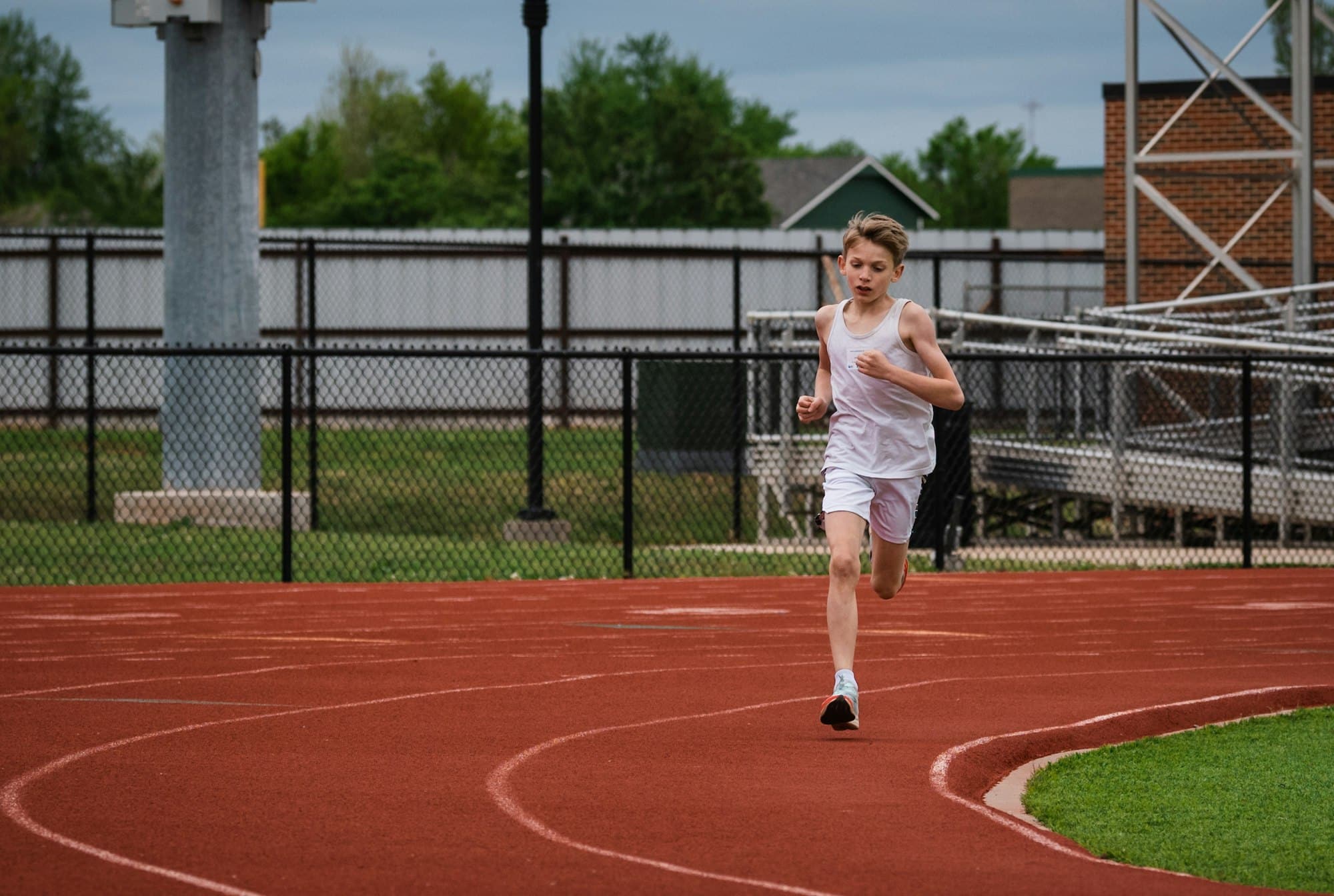
Track and field stadiums can make use of perimeter fencing to determine the competition area and confirm the safety of athletes and spectators. Low-profile fencing or mesh panel fences are known as proper options as they are visible and specify critical boundaries.
What’s more, excess safety padding may be installed in distinctive areas—such as near high jump or pole vault areas—to minimize the likelihood of injury. These fences enhance track and field event organization and make sure all safety regulations are met.
8. Golf Course (Driving Range or Practice Area)
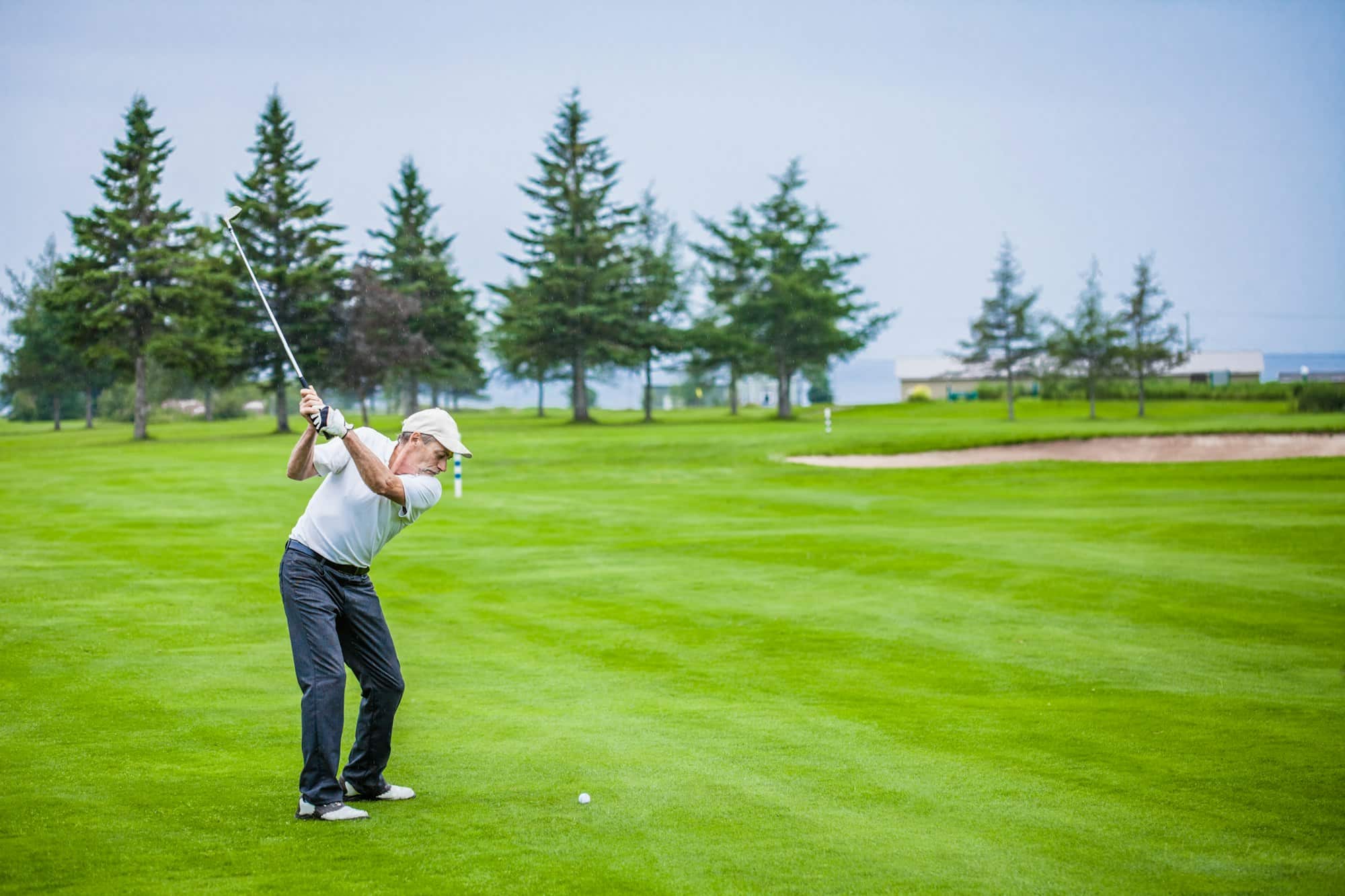
Golf courses—especially driving ranges or practice areas—may demand perimeter fencing to keep balls inside the play area and guarantee the safety of adjacent properties or roads. Mesh panel fences or low-profile fencing are among the wonderful options in this field.
These fences determine the game zone boundaries, prevent unauthorized entrance, and are employed as barriers to prevent wildlife from entering/damaging the golf course. Plus, they heighten the aesthetics of the course as they blend with the surrounding landscapes.
9. Rugby Field
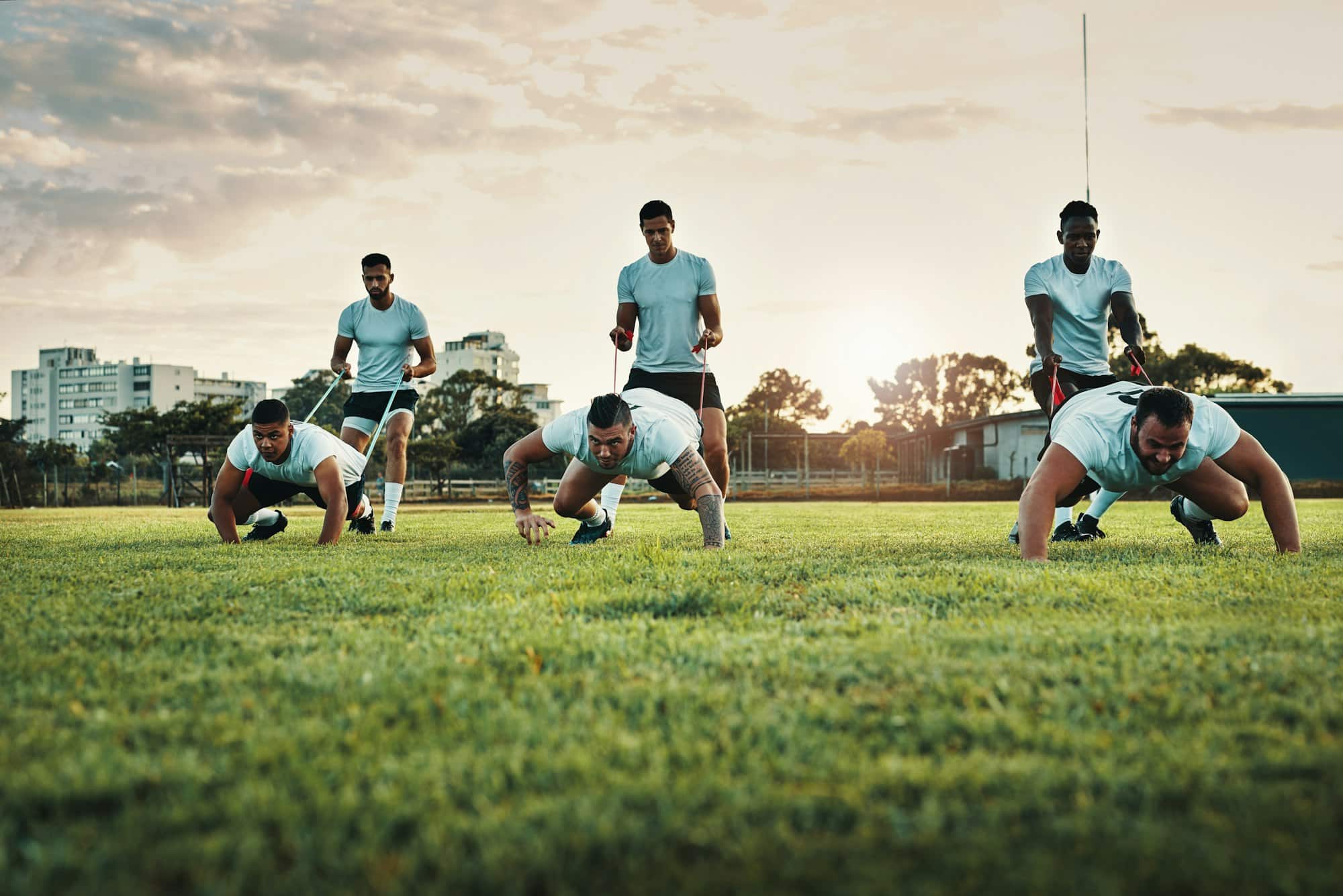
Rugby fields can benefit from mighty fences such as Chain link or mesh panel fences that can contain players inside and confirm the safety of spectators. These fences are designed to bear impacts from players—especially during scrums or lineouts—to minimize damage and guarantee enduring performance.
Rugby field fences deliver unobstructed visibility for spectators so they can watch the game at a proper distance. They typically include gates or access points for players, officials, and emergency personnel. Also, maintenance vehicles and equipment can easily access the field through these fences with ease.
10. Multi-Purpose Sports Complex
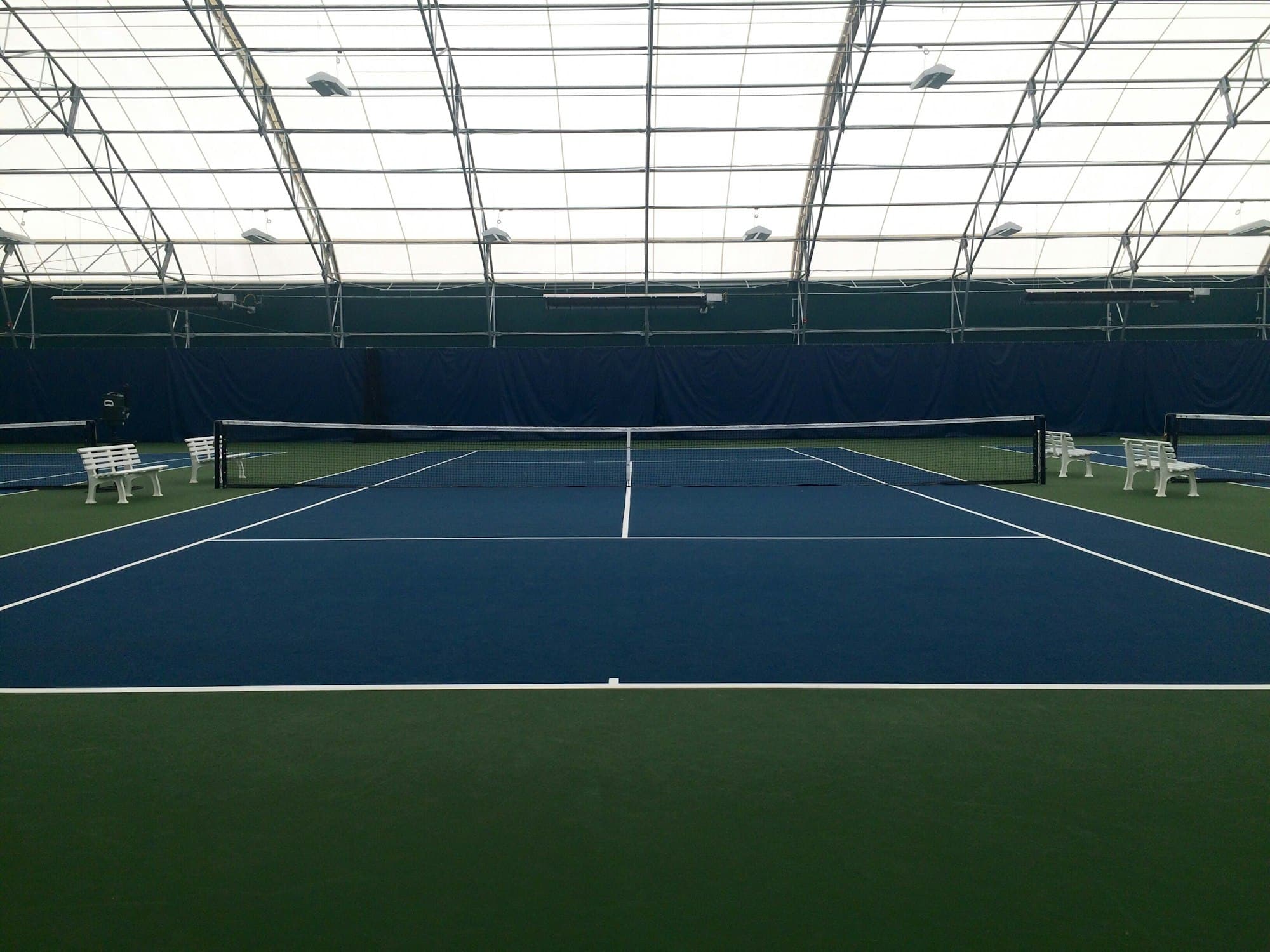
Multi-purpose sports complexes can handle diverse sports, hence the need for diverse fencing solutions that fit their different requirements. Chain link fences or mesh panel fences are broadly employed in these complexes as they offer increased flexibility and visibility.
These fences separate different sports courts/fields within the complex and specify their borders. They come with privacy screening characteristics to shield particular areas of the complex from public view, including athlete warm-up areas or administrative spaces.
Final Words
Meticulously choosing the right sports fence for your field heightens the safety of players and spectators, lets the game continue with no interruptions, and boosts the aesthetics of the field.
It also helps you contain the balls, manage crowds, and maximize the joy of sports activities. That said, sports field authorities should go for installing fences with no hesitation.
Some Reference Links Used to Collect Information:
Related Post might be HELPFUL to you: The 15 Best Fence Gate Suppliers in 2024

